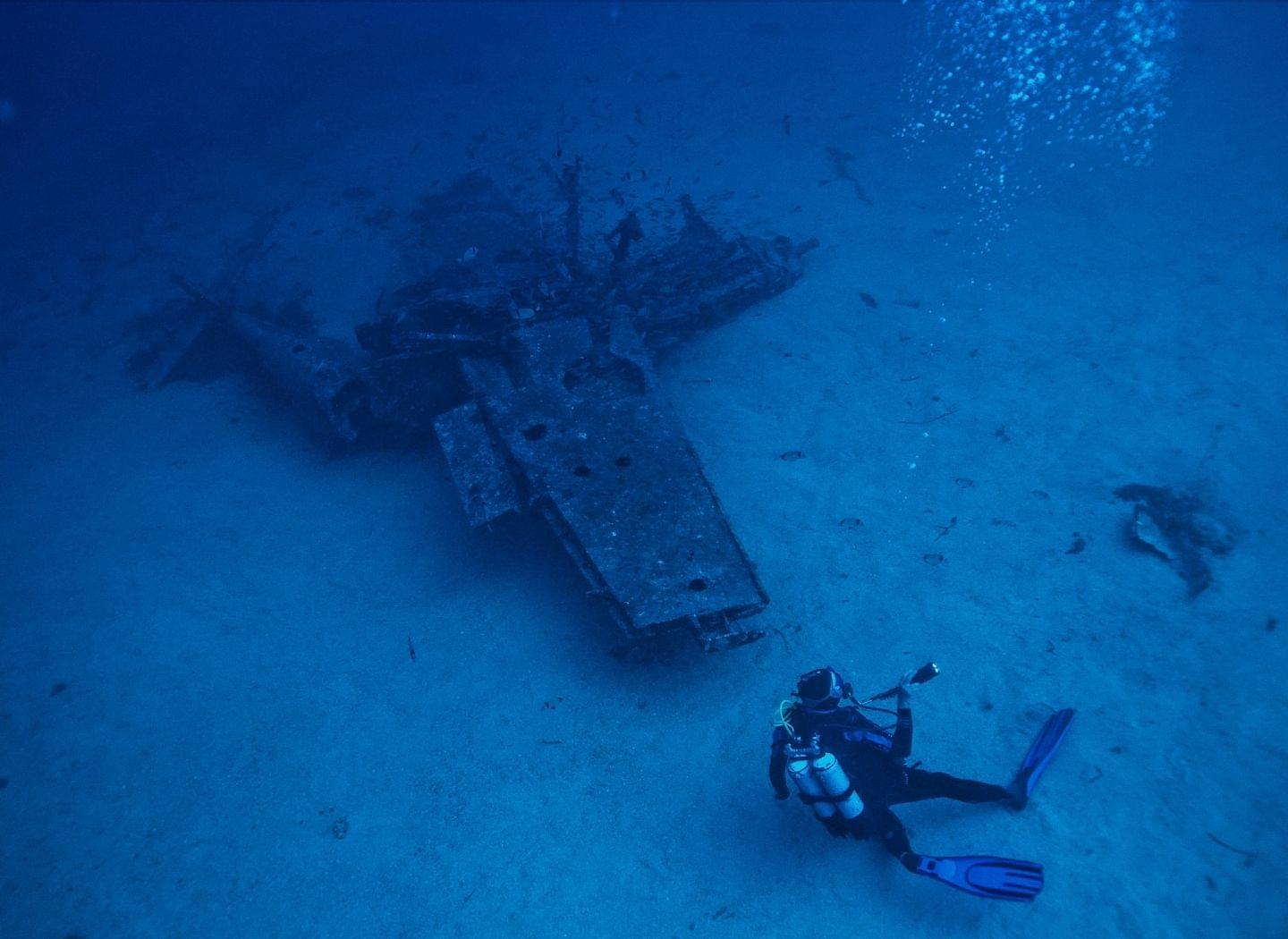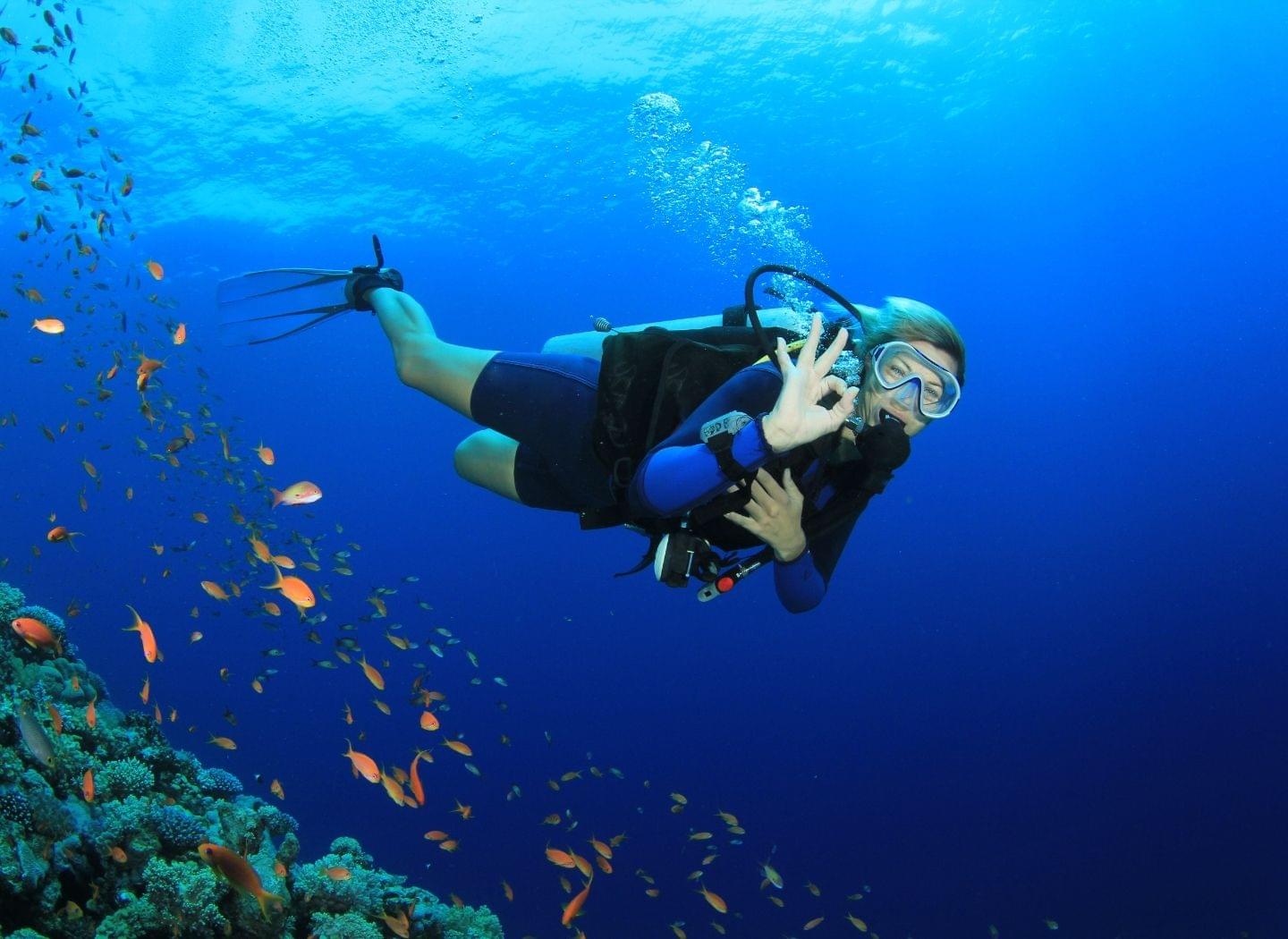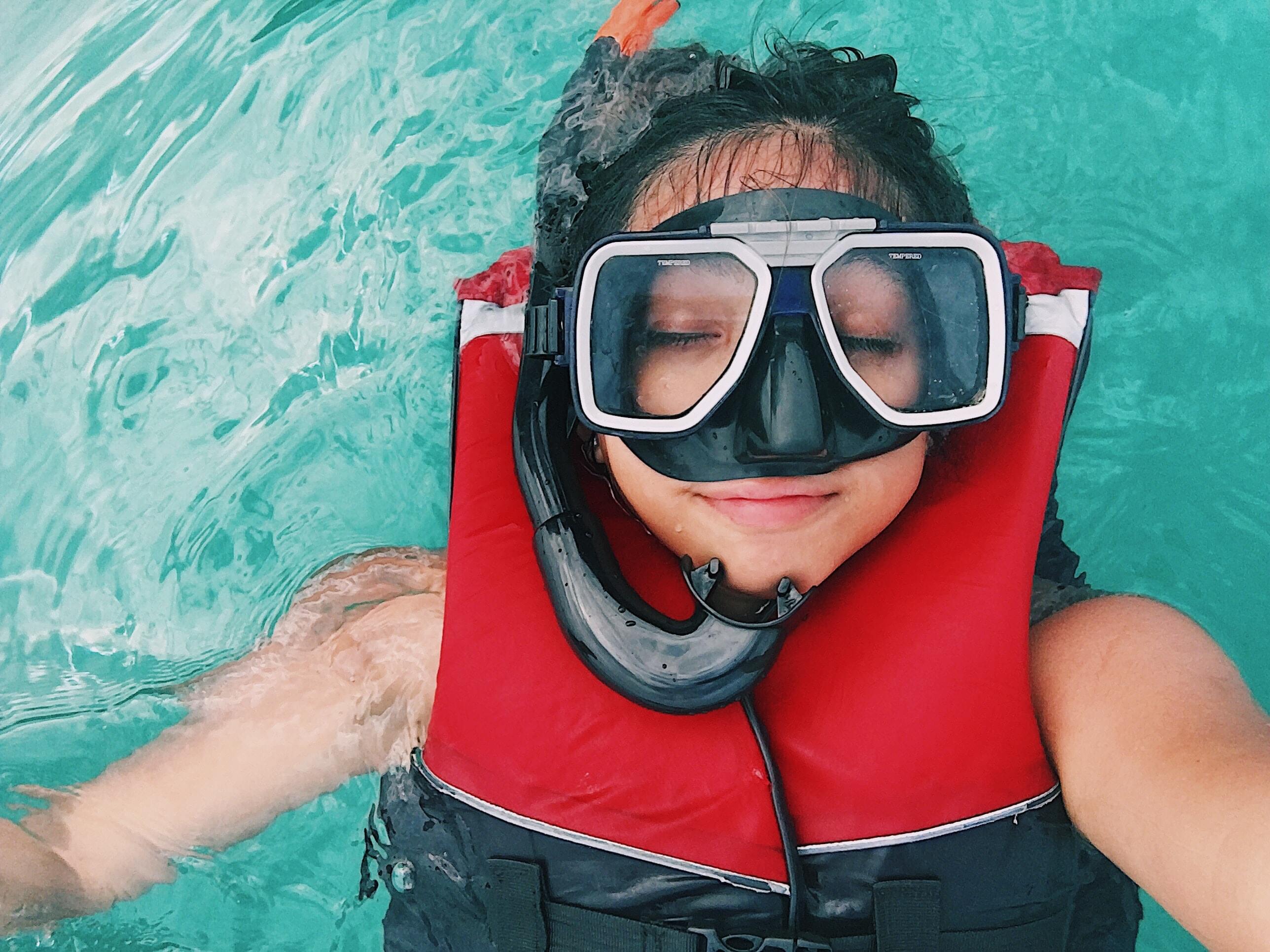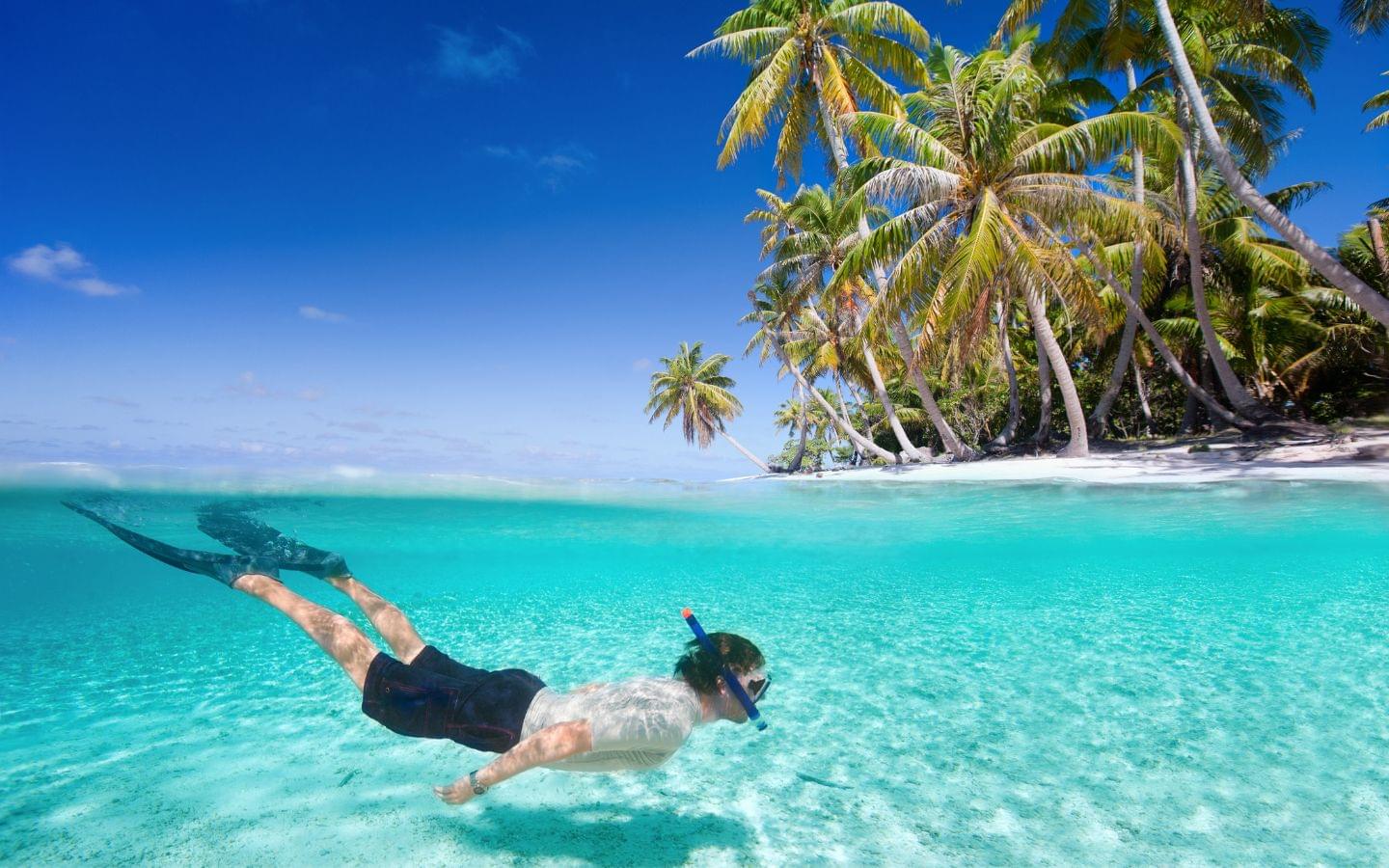Snorkeling vs. scuba diving: How are they different?
Snorkeling and scuba diving each offer a unique experience of the underwater world. Find out what separates these activities and decide which is right for you.
Both snorkeling and scuba diving let you explore marine life, but they differ in depth, gear, training and cost. Snorkelers float at the surface, breathing through a snorkel tube. Scuba divers wear tanks and regulators to breathe underwater at greater depths.
In recent years, equipment has improved and costs have shifted slightly. Quality snorkel sets are now widely available between US$40–150. Beginner scuba gear and certification courses have also become more accessible. A basic open-water certification costs about US$450–650, including rental gear and course materials.
The main differences between snorkeling and scuba diving include depth, equipment, skills, objectives, duration, cost, health risks and required certifications. Let’s take a closer look.

Differences between snorkeling and scuba diving
| Snorkeling | Scuba diving | |
|---|---|---|
| Depth | Surface to ~40 ft (12 m) | Typically up to 60–130 ft (18–40 m) |
| Equipment | Mask, snorkel, optional fins & vest | Full gear: mask, fins, snorkel, BCD, tank, regulator, gauges, dive computer |
| Skills & planning | Minimal—basic swimming and breathing | Extensive—formal training & dive planning |
| Objective | Recreational exploration | Recreational, scientific, commercial & technical |
| Underwater time | Minutes (as long as you can breath-hold) | ~30–60+ minutes, depending on air supply & depth |
| Cost | Lower (~US$40–150 for a set or <US$100 for a tour) | Higher (US$450–650 for certification + gear rental) |
| Health risks | Low risk when done properly | Low risk but includes additional medical considerations |
| Certification | None required | Open-water certification required for independent diving |
Depth
Snorkeling is primarily a surface activity. While freedivers and spearfishers may dive deeper, most snorkelers stay within 20 ft (6 m) and rarely exceed 40 ft (12 m). Scuba diving allows you to go deeper, typically up to 60 ft (18 m) for beginners and around 130 ft (40 m) for experienced recreational divers. Technical divers can train to descend far deeper, but that requires specialized equipment and training.
Equipment
Snorkeling requires only a mask and snorkel. Fins, snorkel vests or a wetsuit may be added for comfort and safety. You can find reliable, travel-friendly snorkel kits for US$40–150.
Scuba divers need a full kit: mask, fins, snorkel, buoyancy control device (BCD), regulator, tank, gauges and a dive computer. Modern gear has become lighter and more ergonomic, but it’s still bulkier and more expensive than snorkel equipment. Expect to rent or invest in gear once you’re certified.
Skills, training and certification
Snorkeling is accessible to most people with basic swimming ability. Practising proper breathing techniques helps you conserve energy and avoid swallowing water, but there’s no formal certification required.
Scuba diving demands extensive training. Agencies like PADI and SSI require a medical questionnaire, basic swimming skills and classroom modules covering dive physics, physiology and equipment. Entry-level courses include pool sessions and four open-water dives under instructor supervision. Certification usually costs between US$450 and US$650, depending on location. Once certified, you’re licensed to dive independently within your training level.
Objectives
Snorkeling is almost always recreational—people do it to see coral reefs, fish and other marine life. Scuba is also popular for recreation, but it’s used professionally in scientific research, underwater construction, archaeology, search and rescue and filmmaking. Technical diving extends limits even further, supporting cave exploration or deep wreck penetrations.
Duration
Your time underwater while snorkeling depends on breath-hold ability; most people can hold their breath for 30 seconds to a few minutes. Scuba divers rely on compressed air. An average tank (about 80 cu ft) typically lasts 30–60 minutes at moderate depths, but dive time is limited by air consumption and nitrogen absorption. Deeper dives use up air faster due to greater pressure.

Cost
Snorkeling is cost-effective. A decent mask, snorkel and fins can cost under US$150 combined; gear rentals and guided excursions range from US$25 to US$100 per day. In contrast, scuba diving requires more expensive equipment and training. Renting a complete scuba kit, plus air fills and boat trips, adds up. Owning your own gear can range from US$1,200–2,500 or more.
Health risks: snorkeling vs. scuba
Both activities have risks, but snorkeling is generally safer if you follow basic precautions: wear a snorkel vest, avoid rough conditions and stay hydrated. Potential hazards include sunburn, jellyfish stings, cuts from coral and boat traffic. Ensure your snorkel fits properly to avoid CO₂ buildup.
Scuba carries additional risks related to pressure and gas supply. Equipment must be maintained and used correctly to avoid failures. Decompression sickness (DCS) and nitrogen narcosis can occur if divers ascend too quickly or go too deep. Oxygen toxicity is another rare but serious risk when diving at depth or using enriched air. Overall, scuba diving remains safe when divers are properly trained and follow established protocols.
Conclusion
Snorkeling and scuba diving both unlock the beauty of the underwater world. Snorkeling is simple, affordable and easy to learn, making it ideal for beginners or casual explorers. Scuba diving requires more time, money and skill, but it offers deeper immersion and a wider variety of experiences—from exploring coral gardens to investigating shipwrecks. Whichever you choose, invest in quality gear, learn proper techniques and enjoy the wonders beneath the waves.
References
Last updated 30 August 2025




